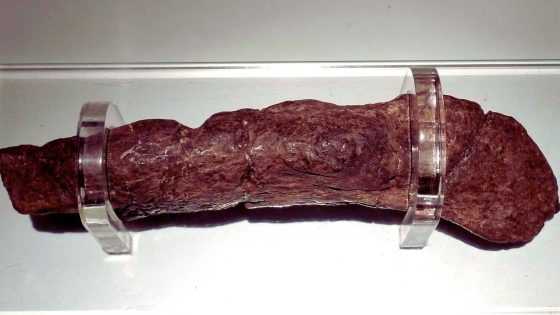In a remarkable archaeological find, scientists discovered a fossilized human excrement, known as coprolite, from the Viking era beneath a Lloyds Bank branch in York, England. This unique specimen, unearthed in 1972, provides invaluable insights into the dietary habits and health conditions of the 9th-century Vikings, a topic that continues to intrigue researchers today, especially as we approach 2025-07-08 15:45:00.
- Fossilized human excrement discovered in York
- Coprolite dates back to Viking era
- Indicates Viking diet rich in grains
- Presence of parasitic worms found
- Considered a significant archaeological artifact
- Valued at approximately $39,000
The coprolite, measuring about 20 cm long, reveals a diet rich in whole grains and animal protein, yet lacking in fruits and vegetables. What can this tell US about Viking nutrition and health?
This ancient excrement raises important questions about Viking life. How did their diet affect their health? The presence of parasitic worm eggs in the coprolite indicates significant health challenges. Consider these points:
- High fiber content suggests reliance on whole grains.
- Absence of fruits and vegetables indicates potential nutritional deficiencies.
- Parasites reveal poor sanitation practices of the time.
- Health issues likely impacted daily life and longevity.
As we continue to explore archaeological sites, findings like this coprolite remind us of the intricate connections between diet, health, and culture. What other secrets might the past hold for us?































